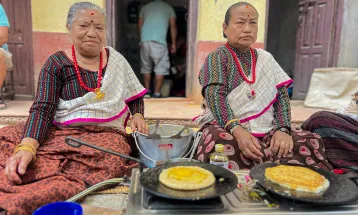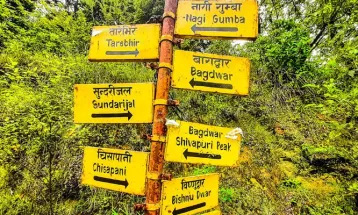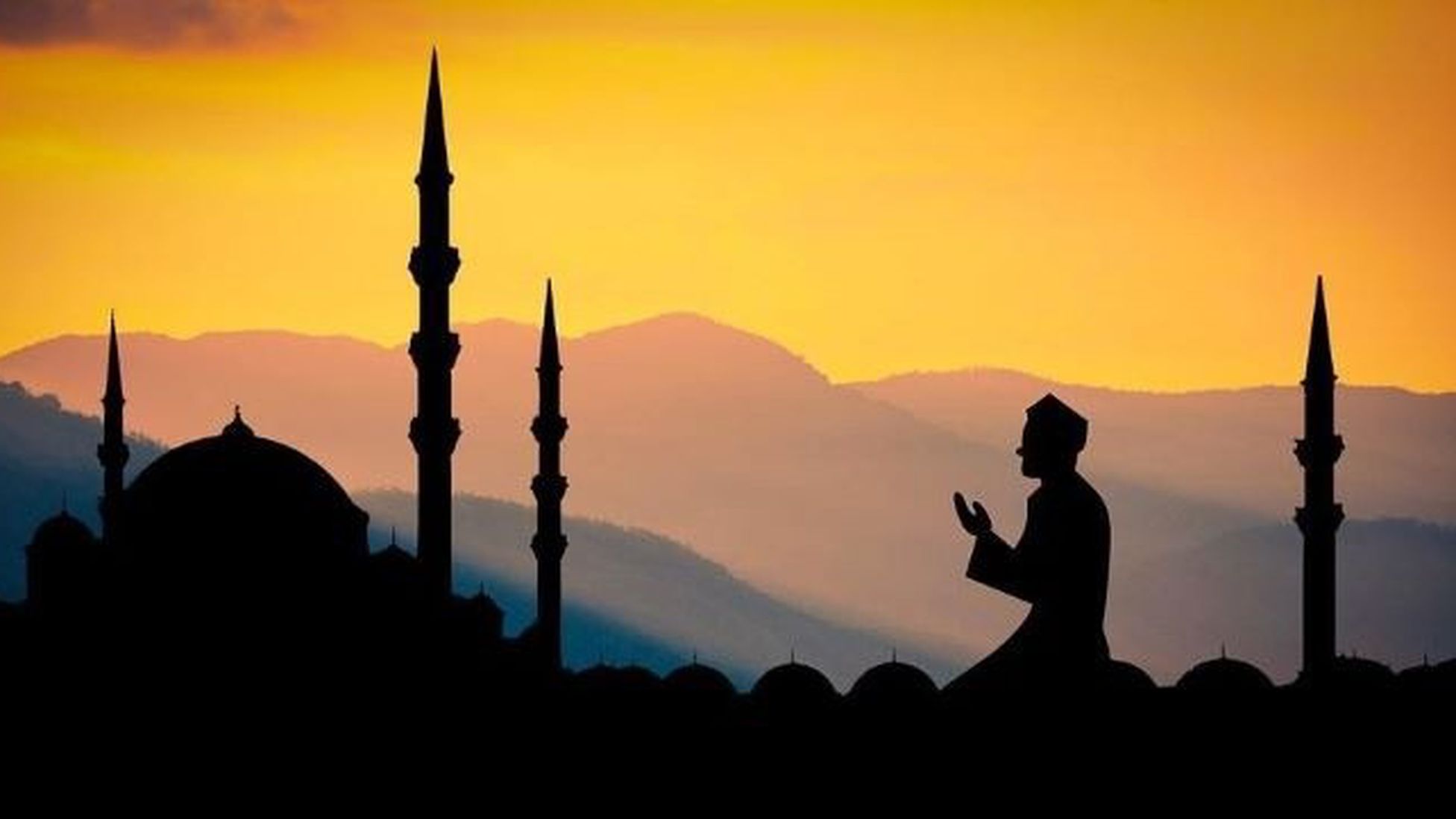
Muktinath temple
September 12, Kathmandu. Muktinath is a Vishnu temple sacred to both Hindus and Buddhists. It is located in Muktinath Valley at the foot of the Thorong La mountain pass in Mustang, Nepal. It is one of the world's highest temples (3,800 m). Within Hinduism, it is one of the 108 Divya Desams and the only Divya Desam located outside India. It is known as Mukti Kshetra, which literally means the 'liberation arena' (moksha) and is one of the Char Dhams in Nepal.
This temple is considered to be the 106th of the 108 Divya Desam considered sacred by the Sri Vaishnava sect. Its ancient name in Sri Vaishnava literature is Tiru Shaligramam. The Gandaki river, which flows nearby, is considered to be the only source of the shaligrama shila, the non-anthropomorphic representation of Vishnu.
Buddhists call it Chumig Gyatsa, which in Tibetan means "Hundred Waters". For Tibetan Buddhists, Muktinath is an important place for dakinis, goddesses known as Sky Dancers, and one of the 24 Tantric places. They understand the murti to be a manifestation of Avalokiteśvara, who embodies the compassion of all Buddhas.
Muktinath, being one of the world's most famous religious and tourism locations, receives thousands of visitors every year. According to the data provided by the Jomsom-based information centre of the Annapurna Conservation Area Project (ACAP), 9,105 foreigners visited Muktinath in April 2018 alone, among whom 4,537.[9] were Indian tourists. ACAP's data show that the number of Indian tourists visiting Muktinath temple has been increasing every year. International tourists visit Muktinath mainly en route to the Annapurna Circuit Trek. The route to Muktinath is also popular among the biking community throughout the year.












Comment / Rely From